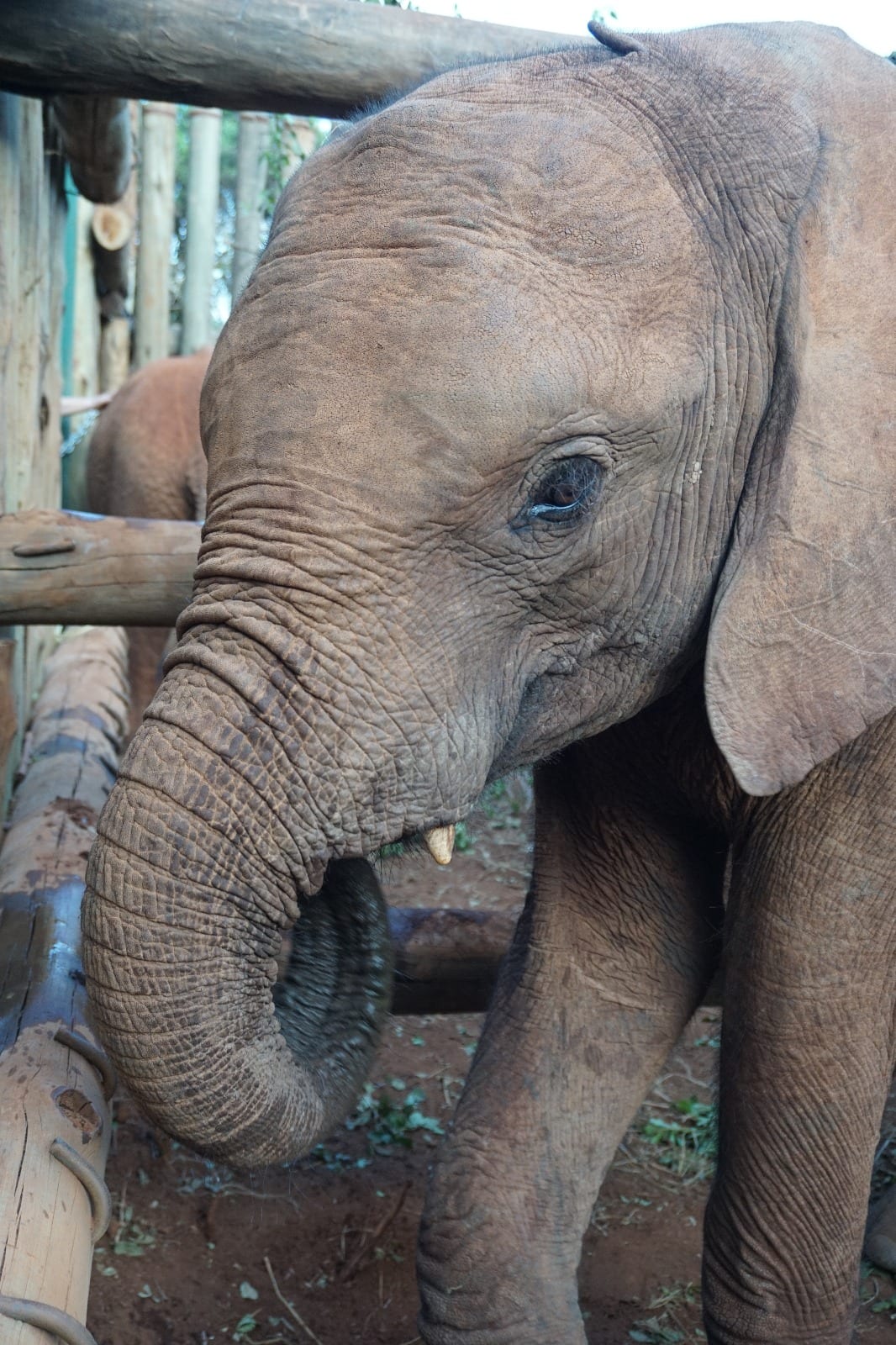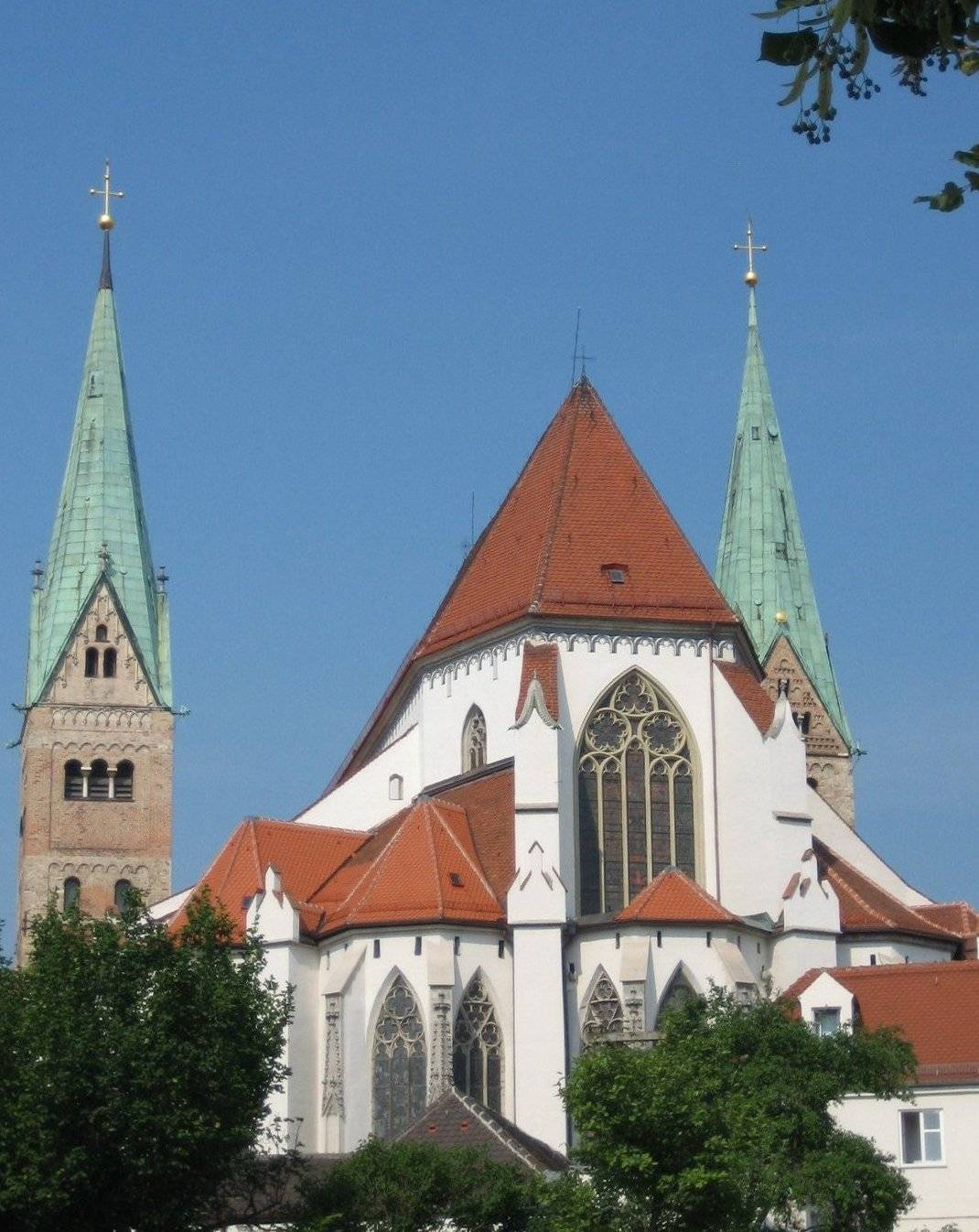MOMBASA/LODWAR, Kenya – Westerners can have a hard time grasping that their issues and priorities aren’t necessarily those of the entire world, because circumstances and cultural perspectives can be keenly different. In that regard, Kenya, the largest nation in east Africa, is always a great place for a wake-up call.
While the Church’s to-do list here features a host of familiar challenges in many other settings too, such as confronting poverty, corruption, ethnic and religious tensions, human trafficking, and environmental degradation, there’s also a set of fairly unique tasks reflecting the local situation.
For a somewhat exotic example, take the Church’s efforts to address “human/wildlife conflict.”
Basically speaking, there’s a chronic tension in Kenya between those who want to conserve and protect the country’s remarkable wildlife heritage, and farmers understandably unhappy to see elephants, for instance, tramping through their fields and destroying their crops. Because Kenyans are accustomed to looking to the churches to step in whenever there’s a problem or conflict, Catholic leaders here are compelled to spend a fair bit of their time contemplating what the proper moral response is when an elephant steps out of line.
A brand-new Catholic media service called Radio Tumaini (the Swahili word for “hope”) in the Archdiocese of Mombasa, for instance, devotes a regular program to human/wildlife conflict, geared in part to help make sure things don’t turn violent when farmers believe their rights and property are being violated.
(Radio Tumaini will be assisted by Aid to the Church in Need, a papal foundation supporting the suffering and persecuted church around the world.)
Father Raphael Kanga, one of two priests coordinating the radio service, says of the program, “The church has to speak to what’s on people’s minds.”
For a visitor, that conflict makes perfect sense logically, and one can recognize the complexities of trying to manage the competing interests involved. All that tends to dissolve, however, when you actually come face-to-face with one of these problematic pachyderms, and for a very simple reason:
They’re just so damned adorable, particularly when they’re young.

Upon landing in Nairobi, one of the first things one sees is a collection of sculptures honoring the local wildlife: Antelopes, giraffes, lions, hedgehogs, zebras, rhinos, and so on. Heading into the city, to the right side of the car civilization slowly begins to appear, while to the left, a fence divides the highway from the Nairobi National Park, where many of these animals live free from the danger of poachers and hunters.
Farmers here, however, aren’t major agribusiness players, but the two thirds of the 45 million Kenyans who depend on the crops they grow themselves, half of which never reach the market because they’re for personal consumption, and the livestock they care for day and night. They then walk to major cities like Nairobi, where an Uber driver told me cattle “is part of the traffic.”
Much of the country is classified as arid or semi-arid, and the increased frequency of drought and competition over scarce water resources, coupled with the outbreak of animal disease, has left farmers especially vulnerable to hunger.
On Wednesday, I took three hours to go to the National Park, to fulfill a life-time dream of meeting an elephant. Given that my Crux colleague John Allen spent most of that time stuck in traffic trying to reach our downtown hotel during rush hour, they were three hours well spent.
That’s when I learned that my Uber driver, despite being from Nairobi, had never been into the National Park or encountered an elephant up close.
“The zebras come close to the fence near the highways in the morning. That’s the closest I’ve ever been,” she said, as she was driving me to a refuge for orphan elephants. Of the 35 currently living there, all are under three. Upon reaching that age, the five-year process to set them free will begin. Most lost their mothers to poachers, who kill elephants for their ivory.
She came with me into the refuge, and it’s hard to tell whose expression was more filled with child-like awe: Hers or mine. Yet her previous hesitancy towards what I saw as a magnificent beast is not without merit.
Many people throughout Kenya grew up seeing family members killed by elephants who went into their villages. Reports of lions roaming around Nairobi are easy to find, particularly seeing that as of 2016, the entire southern side of the park, the one facing away from the city proper, is unfenced.
Particularly beyond the major cities, severe climate conditions such as drought continue to bring Kenya’s wildlife and human population closer together, each looking for the water they need to subsist. Hence, there is a need to put projects into place fostering the survival of both, such as a 450 kilometer electric fence around Mt. Kenya forest.
This effort, still being set up, is already keeping marauding animals from people’s farms and has brought peace to thousands of farmers. Though it’s being financed by a combination of private international trusts and public offices in Kenya, it has the Church’s blessing, coming from the highest authority: When he was in Nairobi back in Nov. 2015, Pope Francis agreed to bless three specially ornamented poles made from recycled plastic as a form of endorsement.
The pontiff’s support was meant to be an inspiration to Kenya’s 7.5 million Catholics, to embrace not only this project, but to be involved in further conservation efforts, something only achievable if they see nature as an ally and not an enemy.
The forest being protected by the fence is regarded as among the most critical water towers in the country. Keeping farmers out and animals in can foster harmony between humans and nature, not to mention protecting God’s creation.
Those aims are a core pillar in Francis’s papacy, but the trick is to translate that vision into reality on the ground. Here in Kenya, that’s a keen priority, and projects such as Radio Tumaini prove the point.

















